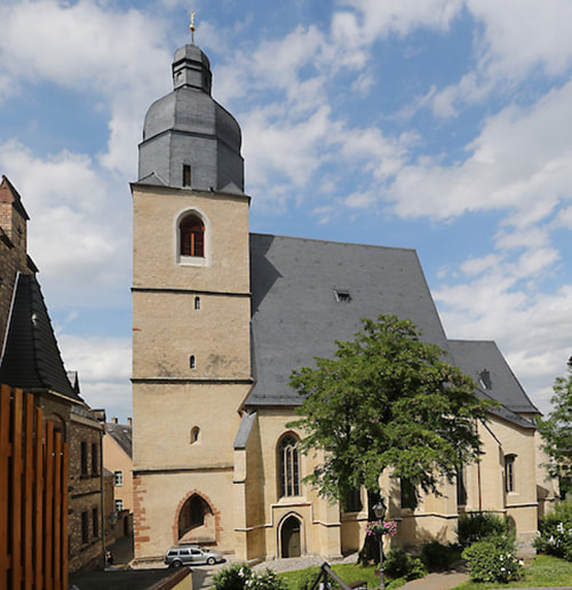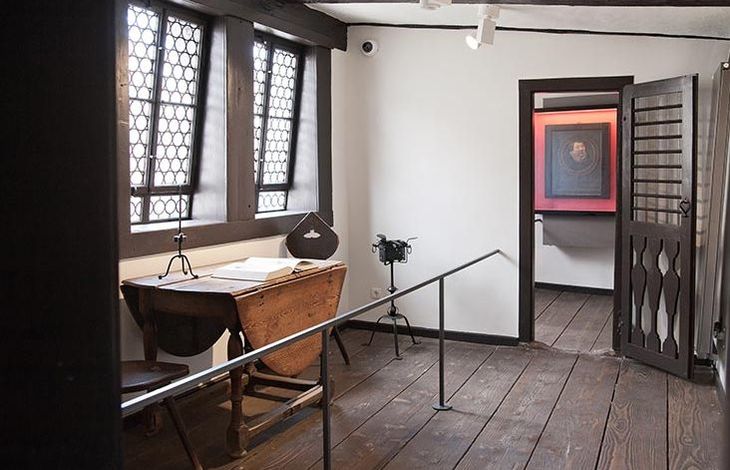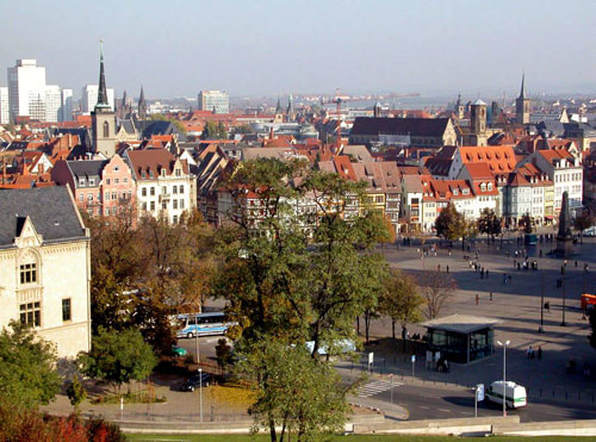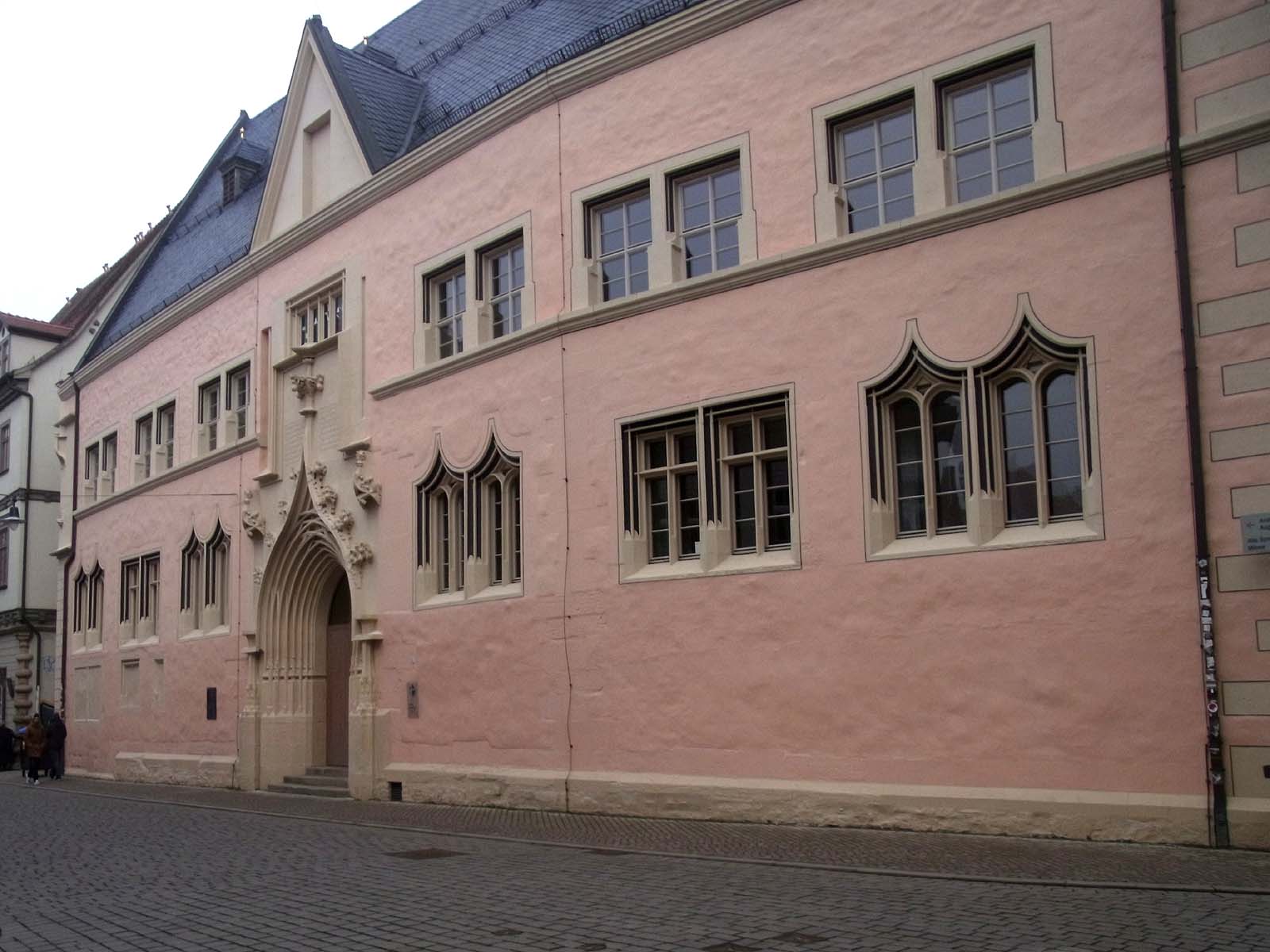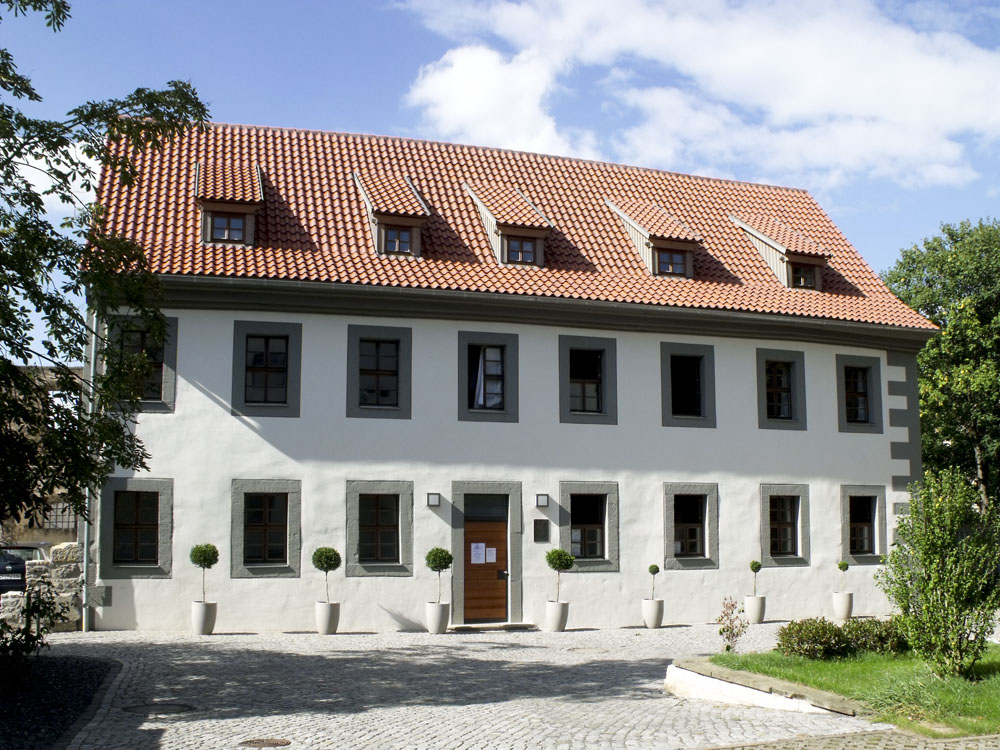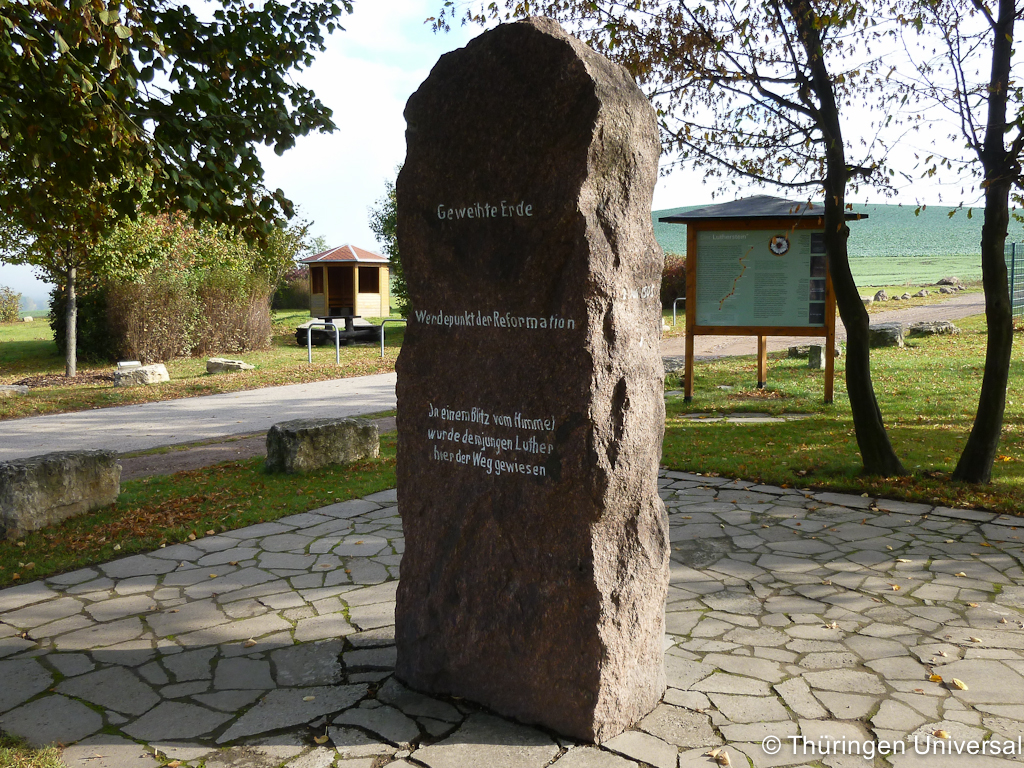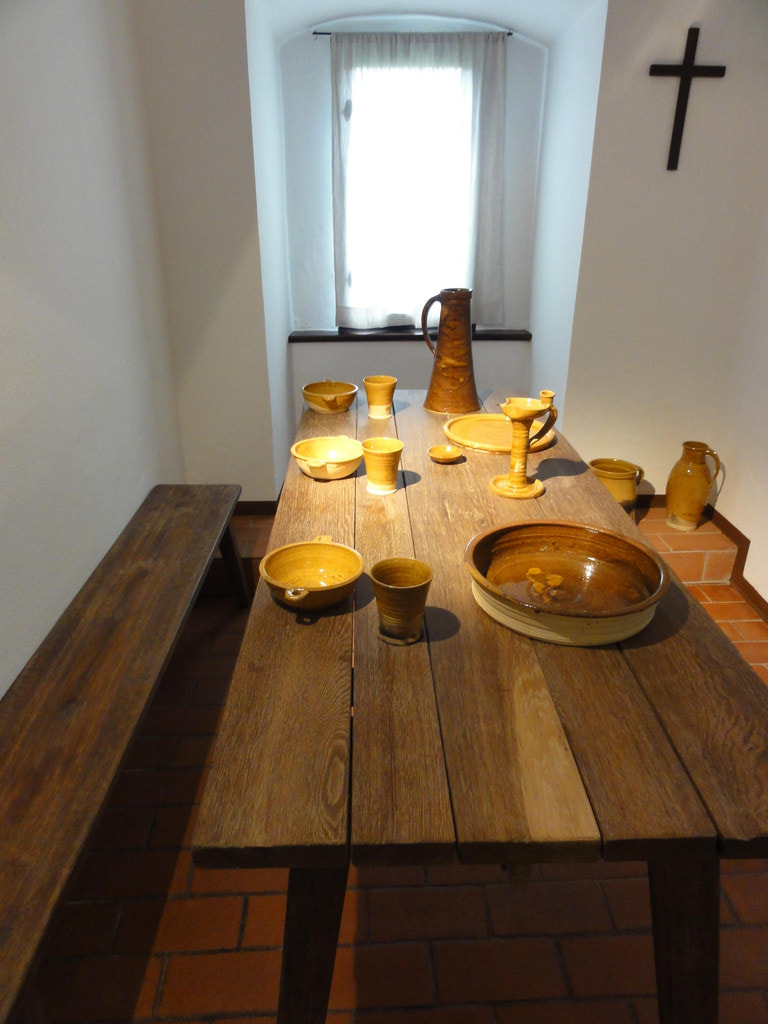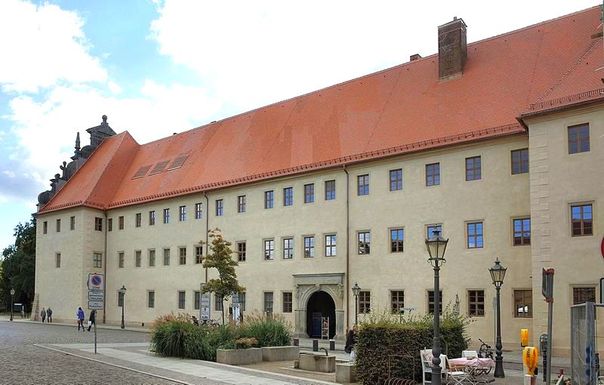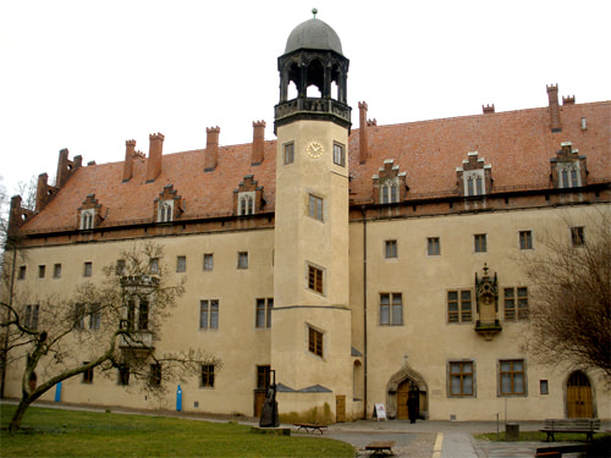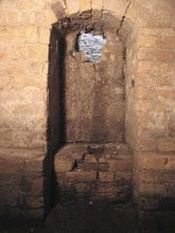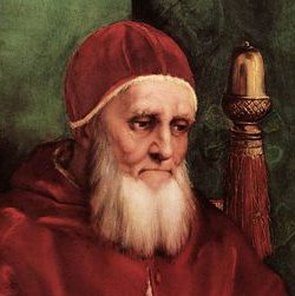Martin Luther's Early Years
Who was Martin Luther? He was the son of an upwardly mobile family involved in copper mining, who disappointed his father by becoming a Roman Catholic monk and pastor instead of a lawyer. Directed by his superior in the Augustinian order he became a professor of biblical studies at the recently established university in the small town of Wittenberg, a position he retained until his death. Through a remarkable series of events that he could not have anticipated he was lifted from obscurity to the center of the European stage.





